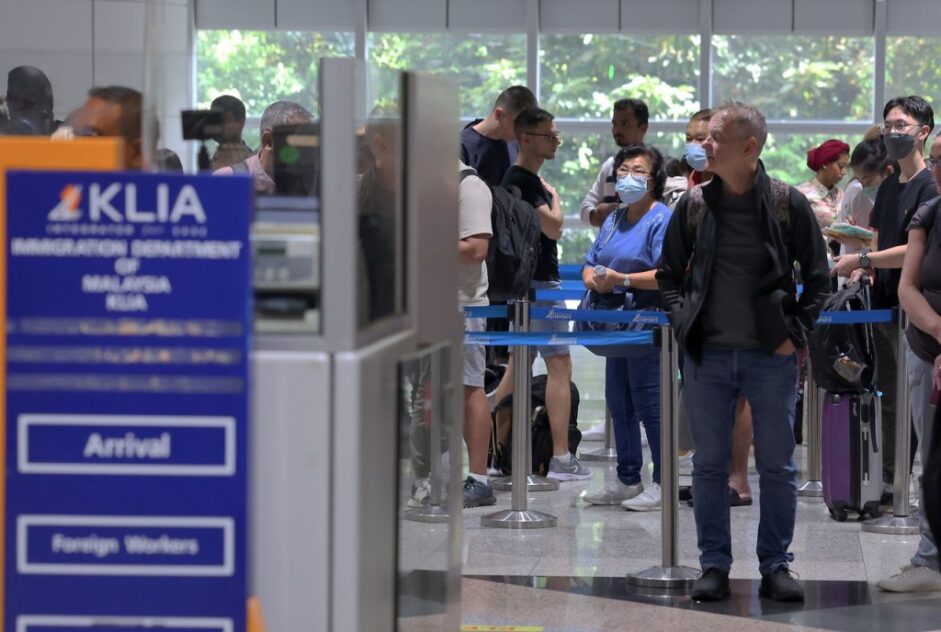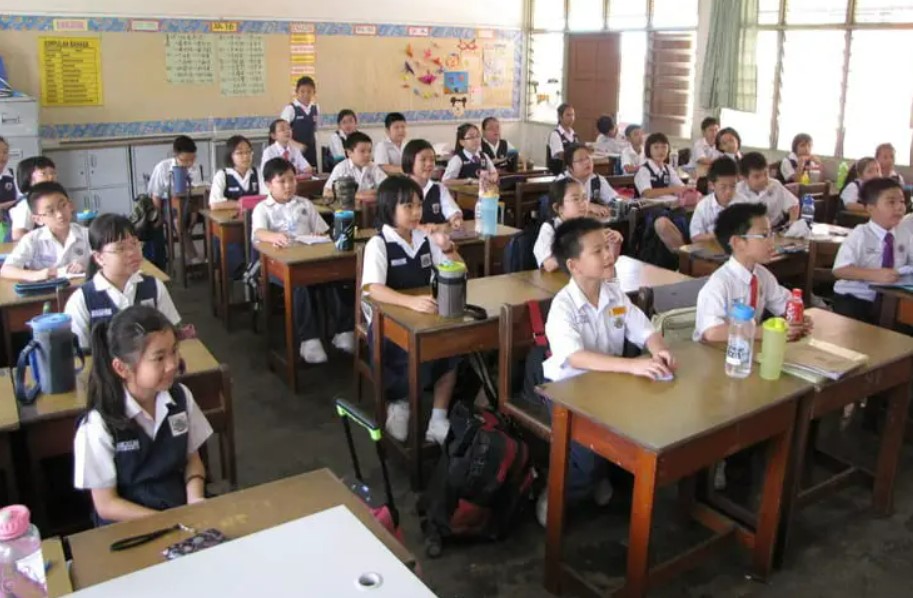PROLONGED lockdowns and social distancing measures are forecast to cap global gross domestic product (GDP) growth this year, making it unlikely that a return to pre-COVID-19 GDP and trade activity will take place before late-2021.
In Southeast Asia, growth will likely be constrained by social distancing measures, but restrictions will continue to be eased over next year, especially in economies that are able to roll out vaccines relatively quickly.
While uncertainties remain – and most economies will take time to recoup lost output – risks have become more balanced with recent positive news on vaccines and regional growth prospects for Southeast Asia in the medium to long term are optimistic.
The latest economic outlook report from Oxford Economics – commissioned by chartered accountancy body Institute of Chartered Accountants in England and Wales (ICAEW) – predicted that GDP across Southeast Asia will contract by 4.1% in 2020 before a sharp rebound to 6.2% in 2021.
The rebound is in part due to low base effects from this year, but macro-policies are set to remain very accommodative with extensive fiscal support and low interest rates.
Meanwhile, Southeast Asia has experienced a three-speed recovery with differences primarily driven by the varying success of countries’ abilities to contain fresh waves of COVID-19 infections and implement lockdown exit strategies to safely reopen their economies, as well as fiscal and monetary policy support.
Countries, which have been successful in controlling the pandemic like Vietnam and Singapore, have led the region in recovery. Indeed, Vietnam is predicted to be the only economy to record positive growth this year at 2.3%.
In Singapore, GDP is forecast to recover to 5.7%, after contracting 6% in 2020 as social distancing restrictions continue to ease under the upcoming Phase 3.
The report predicted that China’s economy has recovered swiftly after the plunge in 1Q 2020 as a result of the pandemic and will enter 2021 on a strong footing. Output is already above pre-COVID-19 levels and is likely to remain on an uptrend, jumping from 2% in 2020 to 7.8% in 2021.
The Malaysian economy experienced a V-shape recovery early on but the extension and widening of areas under the conditional movement control order (CMCO) to contain the rise in COVID-19 infections will put a strain on economic activity in the short-term, leading to a double-dip in recovery.
However, the government has announced a highly expansionary budget for 2021 with an increased focus on infrastructure investment. This will support a solid rebound in economic growth to 6.2% next year after a 5.6% contraction this year.
Thailand also had early success in stemming the tide of COVID-19 infections but travel restrictions have hit its economy hard as travel and tourism account for 20% of its GDP. The Thai economy is expected to continue to recover in 2021 but at a gradual pace.
The Philippines has suffered strict and extended lockdowns and its fiscal response has been meagre. As such, the Philippines’ GDP is expected to plunge by nearly 10% in 2020 although it is likely to see growth of 7.8% in 2021 given the gradual easing of restrictions.
In Indonesia, the pace of recovery is still uncertain, driven primarily by weak mobility trends, a double-digit slip in imports and weakening momentum in retail sales.
The pandemic is expected to leave permanent scars on GDP levels and it is forecast to contract by 2.2% this year before rebounding to 6% in 2021 with the help of consumer spending and infrastructure.
“The biggest concern for Southeast Asian economies is keeping additional waves of infection at bay while gradually bringing society and economic activities back to speed,” said ICAEW regional director (Greater China and Southeast Asia) Mark Billington.
“The interconnectedness of the global economy means that countries will have to work collectively to strengthen their pandemic response plans and address the dual challenges of resuming business activities while keeping their people safe.”
Despite the predictions of an economic rebound in 2021, major uncertainties which could affect post-pandemic recovery remain. Optimistically, vaccine breakthroughs and post-election US stimulus could also speed up near-term recovery and avoid long-term damage. – Dec 23, 2020










